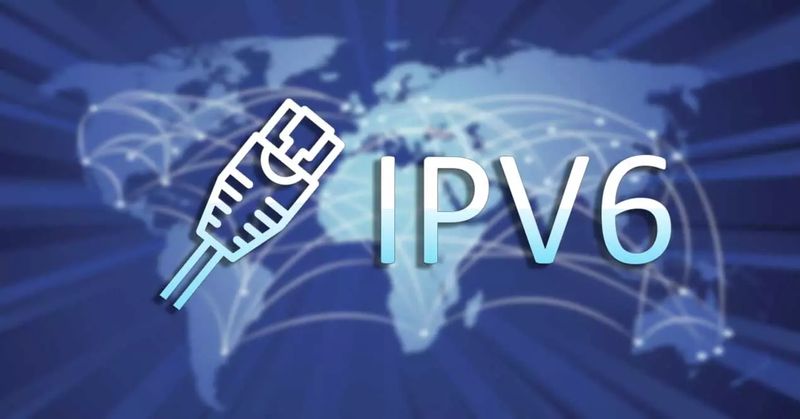China gets serious and announces that the country will kill IPv4 networks. IPv4 is in the midst of a crisis. Traditional IP addresses are becoming increasingly scarce, driving up their price. At the same time, new impediments are created, such as the difficulty of creating new operators. The adoption of IPv6 is still very slow on the Internet in general, so it is not surprising that countries such as China have taken measures such as those announced a few days ago.
Specifically, the Cyberspace Administration and the Cyberspace Affairs Commission of China have announced a new plan for the mass adoption of IPv6 throughout the country. With these measures, they want to have 700 million users actively using IPv6 by 2023, as well as 200 million IoT devices.
To meet this goal, they have announced a series of measures that will become mandatory from 2023. For example, we find that all routers sold from 2023 onwards will have to be IPv6 compatible and have IPv6 enabled by default. More devices will also be required to be IPv6 compliant, with the aim that half of all mobile traffic will use IPv6, and that 15% of all traffic in metropolitan areas will be routed entirely over IPv6.

By the end of 2023, all new networks deployed in the country will no longer be able to use IPv4, so existing deployments will be gradually replaced. Subsequently, by 2025, 800 million users in the country are expected to make use of IPv6, while IoT devices will grow to 400 million. Seventy percent of the country’s total traffic should be IPv6.
By 2030, everything in China will be IPv6
Thus, by 2025, the goal is for half of all routers to use this protocol, with 20% of traffic in metropolitan areas and all the country’s government websites being IPv6 compatible. In addition, 95% of major websites and apps will have to support IPv6. From there, the goal is that five years later (2030), the whole country has to run solely on IPv6, so IPv4 will be completely dead.
It is not surprising that China, the world’s most populous country, is asking for the deployment of IPv6 to be accelerated, since compared to the United States, for example, they have far fewer IP addresses. The United States has one-third of all the IPv4 addresses in the world and they were able to allocate them as they wished. They were assigning millions of addresses to companies. For example, Ford or Apple have 16.7 million addresses each.
In total, the United States has 1.565 billion IP addresses, about 4.5 times more than China, which has 352.5 million IP addresses assigned to it. In comparison, the United States has about 5 IPv4 addresses per capita, while China has 0.25 addresses per capita or one address for every 4 inhabitants. In short, about 20 times fewer addresses are available.





